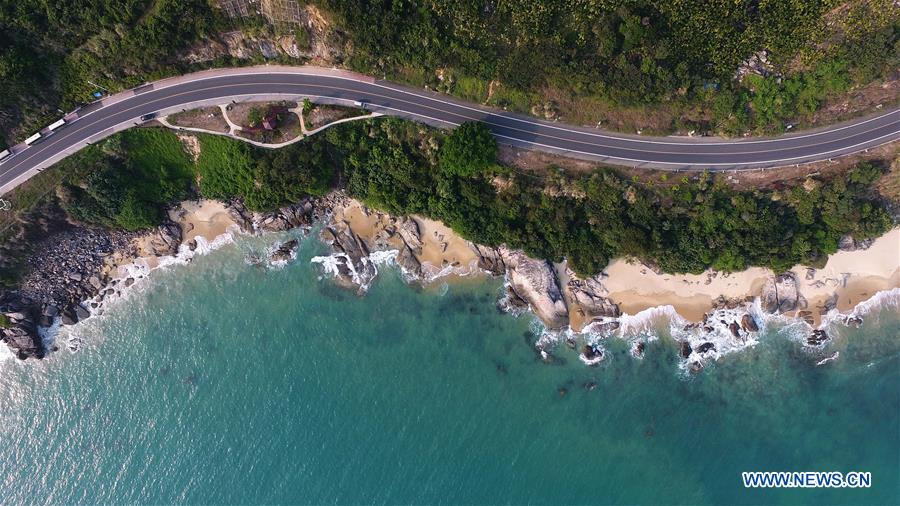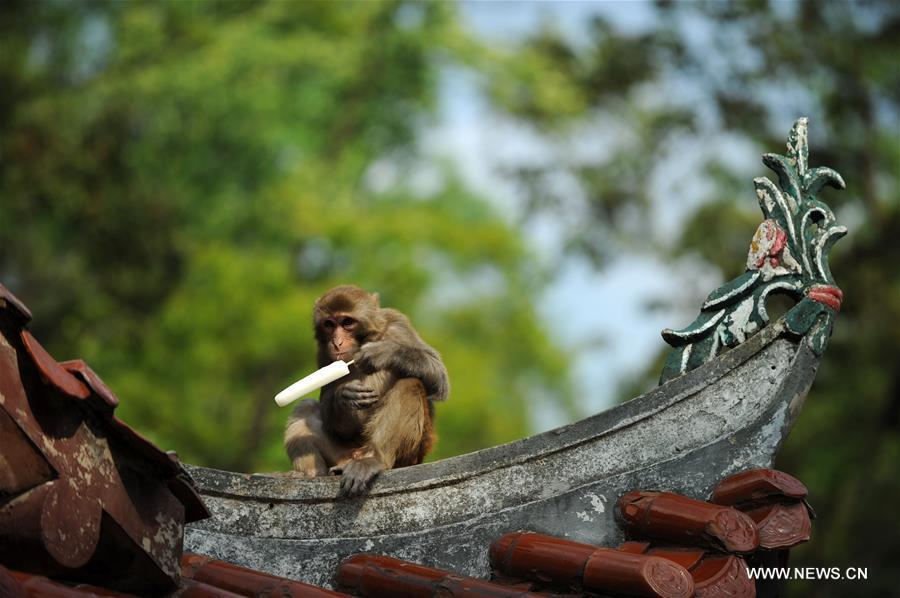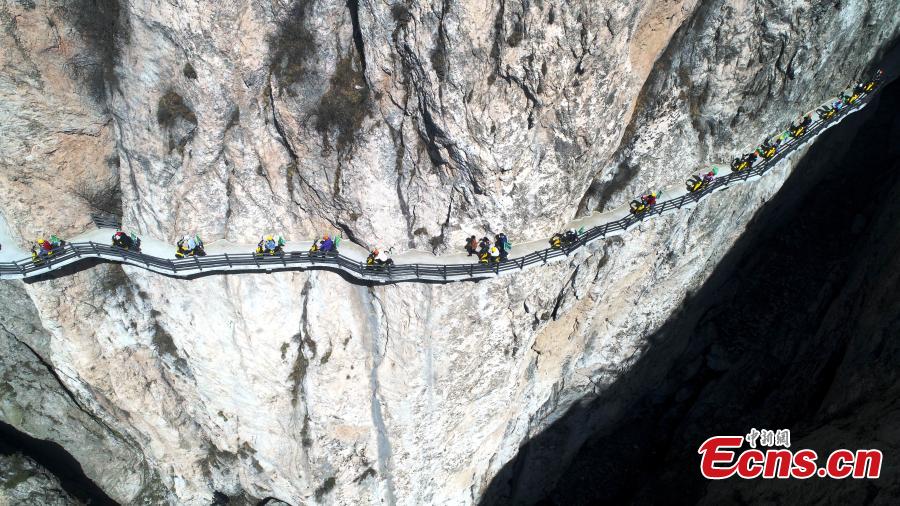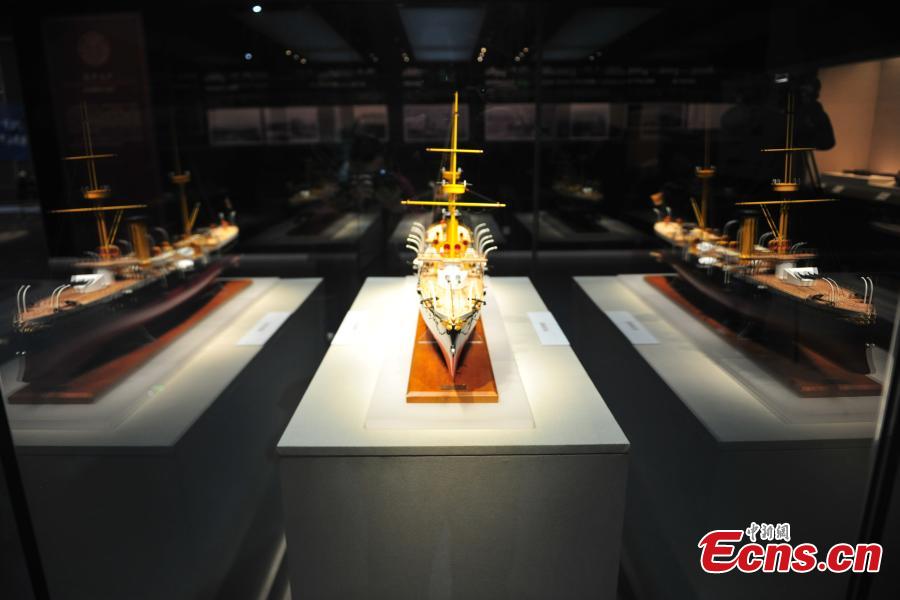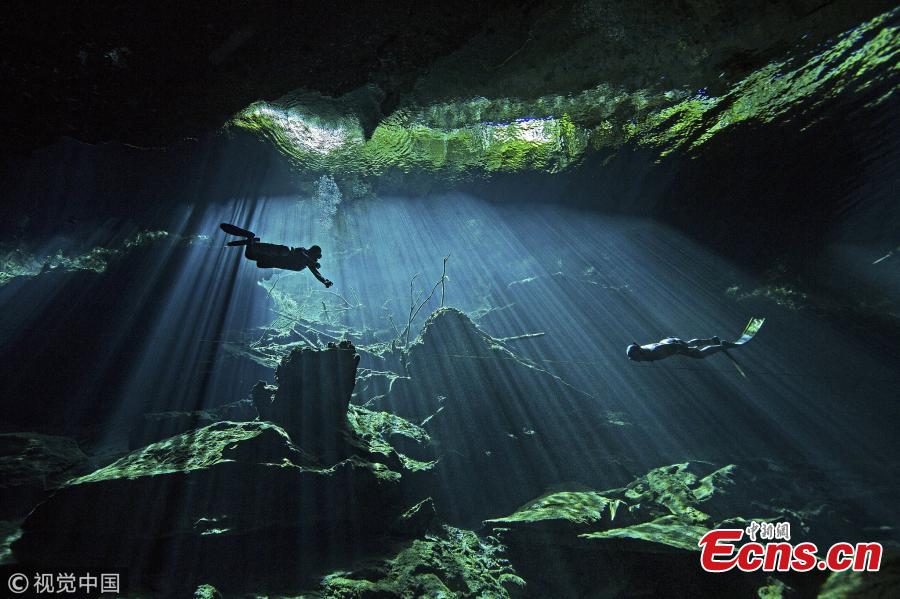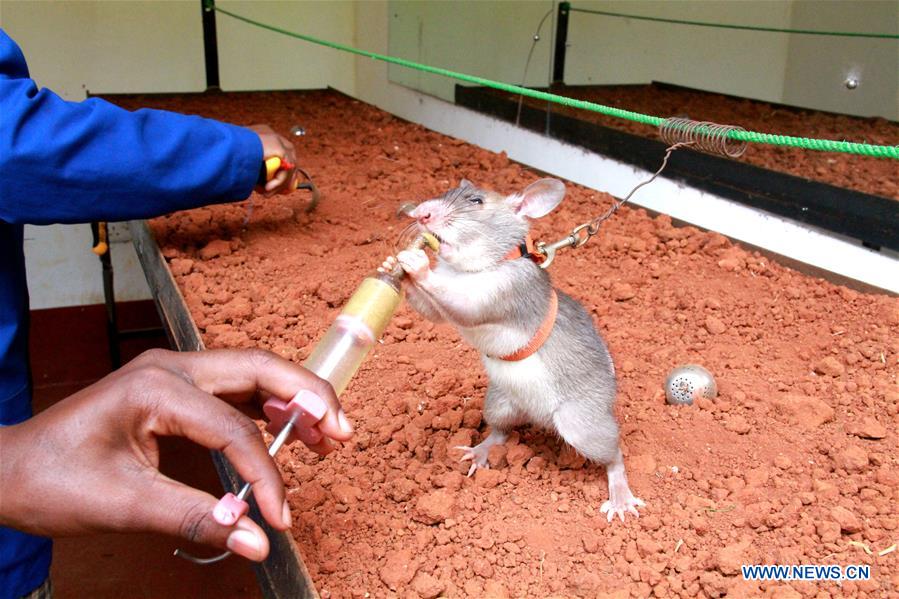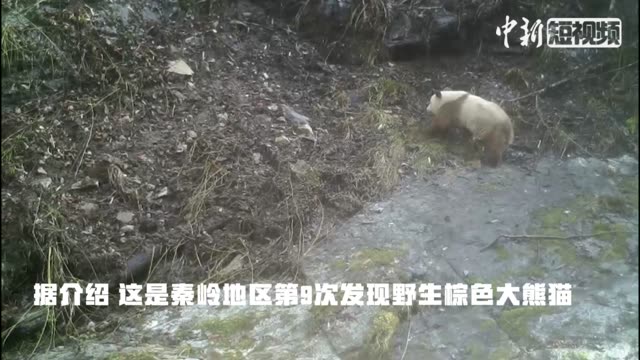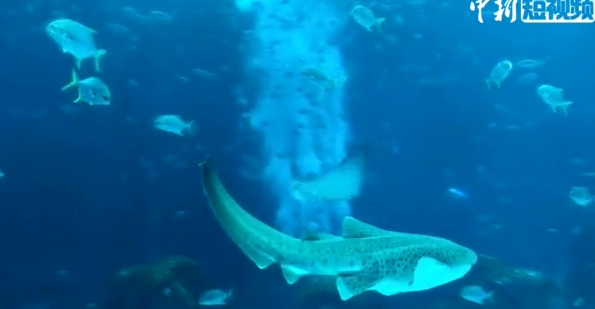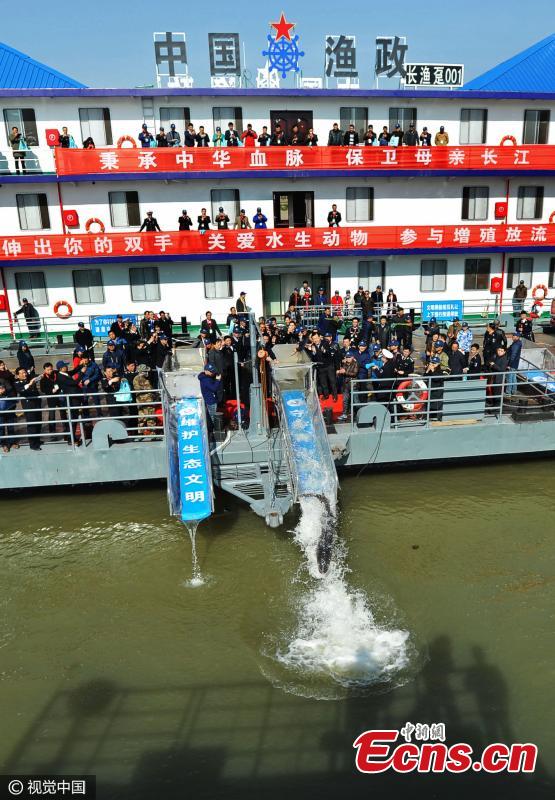
Artificially-bred Chinese sturgeons are released into the Yangtze River in Wuhan City, capital of Central China's Hubei Province, March 2, 2017. For the first time, Wuhan set free more than 1,000 Chinese sturgeons in the river, with the biggest measuring 1.2 meters long and weighing 100 kilograms. The release will help boost fish stocks in the Yangtze, China's longest river. A species 140 million years old, the Chinese sturgeon is the oldest kind of fish in the Yangtze and one of the oldest vertebrates in the world. Nicknamed "aquatic pandas", Chinese sturgeons are listed as a wild creature under first-class state protection. (Photo/CFP)
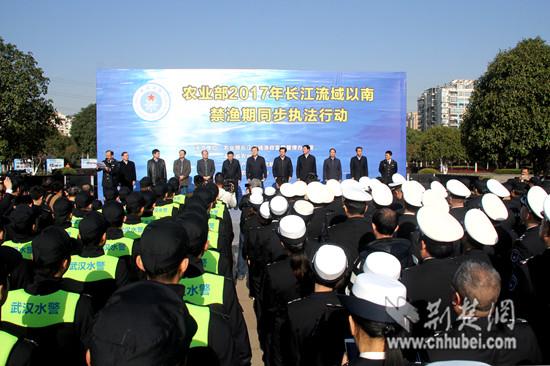
A ceremony is held to mark the release of artificially-bred Chinese sturgeons into the Yangtze River in Wuhan City, capital of Central China's Hubei Province, March 2, 2017. For the first time, Wuhan set free more than 1,000 Chinese sturgeons in the river, with the biggest measuring 1.2 meters long and weighing 100 kilograms. The release will help boost fish stocks in the Yangtze, China's longest river. A species 140 million years old, the Chinese sturgeon is the oldest kind of fish in the Yangtze and one of the oldest vertebrates in the world. Nicknamed "aquatic pandas", Chinese sturgeons are listed as a wild creature under first-class state protection. (Photo/CFP)

Artificially-bred Chinese sturgeons are released into the Yangtze River in Wuhan City, capital of Central China's Hubei Province, March 2, 2017. For the first time, Wuhan set free more than 1,000 Chinese sturgeons in the river, with the biggest measuring 1.2 meters long and weighing 100 kilograms. The release will help boost fish stocks in the Yangtze, China's longest river. A species 140 million years old, the Chinese sturgeon is the oldest kind of fish in the Yangtze and one of the oldest vertebrates in the world. Nicknamed "aquatic pandas", Chinese sturgeons are listed as a wild creature under first-class state protection. (Photo/CFP)
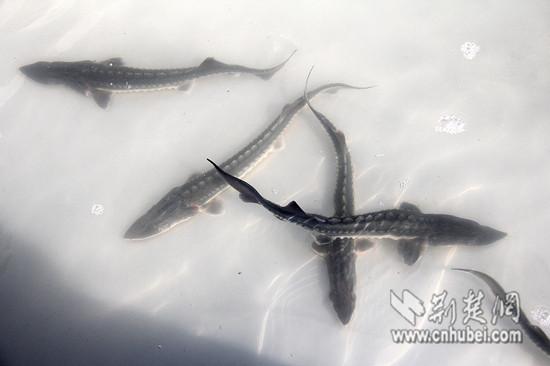
Artificially-bred Chinese sturgeons are released into the Yangtze River in Wuhan City, capital of Central China's Hubei Province, March 2, 2017. For the first time, Wuhan set free more than 1,000 Chinese sturgeons in the river, with the biggest measuring 1.2 meters long and weighing 100 kilograms. The release will help boost fish stocks in the Yangtze, China's longest river. A species 140 million years old, the Chinese sturgeon is the oldest kind of fish in the Yangtze and one of the oldest vertebrates in the world. Nicknamed "aquatic pandas", Chinese sturgeons are listed as a wild creature under first-class state protection. (Photo/CFP)
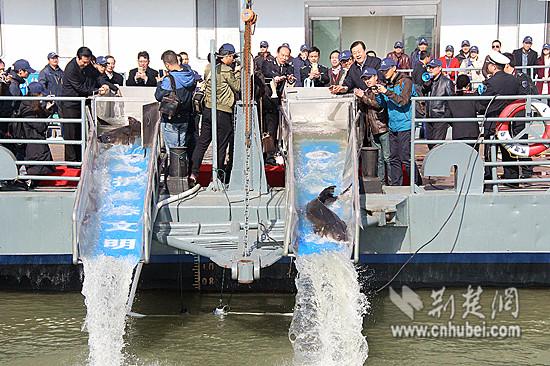
Artificially-bred Chinese sturgeons are released into the Yangtze River in Wuhan City, capital of Central China's Hubei Province, March 2, 2017. For the first time, Wuhan set free more than 1,000 Chinese sturgeons in the river, with the biggest measuring 1.2 meters long and weighing 100 kilograms. The release will help boost fish stocks in the Yangtze, China's longest river. A species 140 million years old, the Chinese sturgeon is the oldest kind of fish in the Yangtze and one of the oldest vertebrates in the world. Nicknamed "aquatic pandas", Chinese sturgeons are listed as a wild creature under first-class state protection. (Photo/CFP)
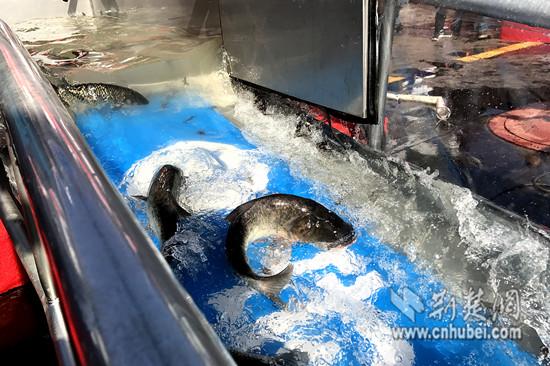
Other fish are also released into the Yangtze River in Wuhan City, capital of Central China's Hubei Province, March 2, 2017. For the first time, Wuhan set free more than 1,000 Chinese sturgeons in the river, with the biggest measuring 1.2 meters long and weighing 100 kilograms. The release will help boost fish stocks in the Yangtze, China's longest river. A species 140 million years old, the Chinese sturgeon is the oldest kind of fish in the Yangtze and one of the oldest vertebrates in the world. Nicknamed "aquatic pandas", Chinese sturgeon are listed as a wild creature under first-class state protection. (Photo/CFP)







